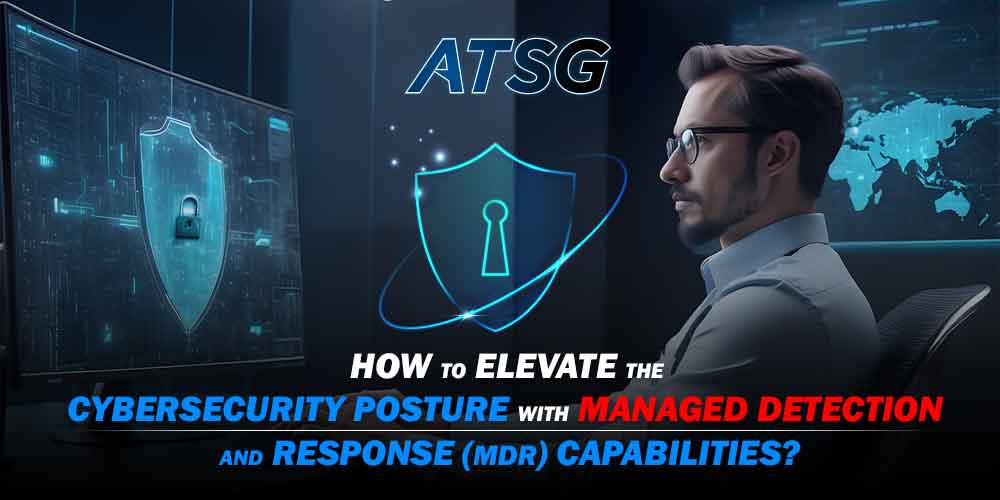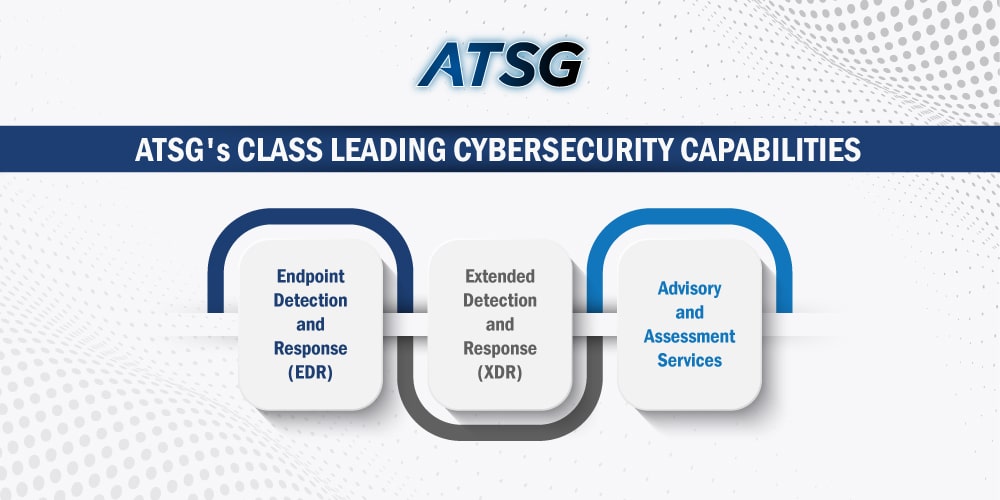In today’s digital landscape, where cyber threats are becoming increasingly sophisticated, organizations must adapt their cybersecurity strategies to avoid potential breaches and attacks. Traditional prevention methods alone are no longer sufficient to protect sensitive data and systems. As a result, the concept of Managed Detection and Response (MDR) has emerged as a vital force multiplier in the cybersecurity arsenal of modern enterprises.

The Evolving Cyber Threat Landscape
The cybersecurity landscape is constantly evolving, and cybercriminals are using highly advanced techniques to infiltrate networks, steal valuable data, and disrupt business operations. Organizations face a variety of threats, from ransomware attacks to complex phishing schemes, which require proactive detection and response capabilities.
Ransomware has become a significant threat in recent years, with the number of attacks increasing dramatically, both during and after the pandemic. Remote work models have also opened up new gaps in security measures, leading to a significant increase in ransomware attacks.
The sophistication of a cyber attack partly depends on the perpetrator’s approach and delivery, and also on the employed technique itself. For instance, Channel 9 News in Australia fell victim to a ransomware attack, which disrupted the station’s regular broadcasts.
The attack, which blocked the team’s email and internet access, was caused by a simple phishing email. Phishing has been around for quite some time now, and involves fraudulent online imitation to obtain sensitive information from internet users. Although attackers have used platforms like email, WhatsApp, and LinkedIn to contact their victims, but the substance of the attack remains more or less un-changed.
The Role of MDR as a Force Multiplier
Managed Detection and Response (MDR) is an effective approach to cybersecurity that provides a comprehensive solution to combat evolving threats. Unlike traditional Endpoint Detection and Response (EDR) solutions, MDR is offered as a fully managed service. It uses advanced technology and expertise to detect, investigate, and respond to endpoint device related security incidents, in real-time.
MDR complements the capabilities of internal security teams by providing advanced threat intelligence, automated response mechanisms, and continuous monitoring of employee endpoint devices. With a deep understanding of the threat landscape, and the use of cutting-edge technologies, MDR can detect anomalies that would otherwise go unnoticed.
The continuous endpoint device monitoring and rapid response capability of MDR is crucial in addressing threat activity. By partnering with an MDR provider, organizations gain more than just a security solution; they have a dynamic, watchful partner in protecting employee endpoint devices.
By partnering with a leading global MDR provider like ATSG, organizations can improve their cybersecurity posture and mitigate risks more effectively. Even the most experienced security teams can’t prevent every breach. In today’s complex cyber threat landscape, expanding attack surfaces, sophisticated attackers, and dynamic multi-cloud infrastructures make breaches an in-escapable reality.
As a result, cybersecurity teams need to adopt a layered approach that focuses on prevention, while mitigating the impact of threats that have already infiltrated and compromised employee endpoint devices, or even the network.
Key Incident Response Metrics that Count
Key Performance Indicators (KPIs) have become a crucial element in measuring the effectiveness of Managed Detection and Response (MDR) services. These metrics provide valuable insights on an organization’s ability to detect and respond to endpoint device related cybersecurity incidents promptly.
The most important KPIs include Mean Time to Detect (MTTD), Mean Time to Respond (MTTR), and Threat Detection Rate. By tracking these indicators, organizations can demonstrate a proactive approach towards endpoint device security, while providing the C-Suite visibility into on-going cybersecurity initiatives. With the right MDR solution, companies can significantly improve these metrics, making them more resilient to cyber threats, and elevating their overall cybersecurity posture.
Choosing the Right MDR Partner
Selecting the right MDR provider is paramount to the success of any such cybersecurity initiative. Executives must consider various factors when evaluating potential providers, including trust, alignment with organizational goals, and proven track record in threat detection and response.
ATSG stands out as a leading global provider of MDR, offering comprehensive endpoint security capabilities that are tailored to the unique needs of each client. With expertise in EDR, XDR, as well as Advisory and Assessment Services, ATSG delivers proactive threat intelligence, rapid incident response, and ongoing risk mitigation capabilities to safeguard organizations against emerging cyber threats.
ATSG’s Class Leading Cybersecurity Capabilities
The cybersecurity capabilities of ATSG encompass a range of advanced technologies and solutions, designed to enhance the overall cybersecurity posture of deploying organizations.

By leveraging ATSG’s MDR capabilities, organizations can effectively defend against endpoint related cyber threats, achieve compliance objectives, and safeguard sensitive data from un-authorized access or exploitation.
Conclusion
Managed Detection and Response (MDR) represents a proactive and automated approach to endpoint device security, enabling organizations to detect, respond to, and mitigate threats in real-time.
By partnering with a trusted MDR provider like ATSG, organizations can augment their internal security, improve key security metrics, and improve overall risk management. In today’s rapidly evolving threat landscape, MDR is a critical component of a resilient cybersecurity posture.
Contact ATSG for industry leading Managed Security, Managed Operations, Managed Cloud and Managed Network solutions for your enterprise.




